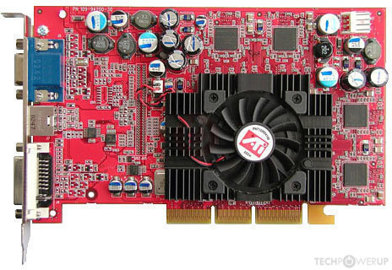- Joined
- Dec 14, 2009
- Messages
- 13,796 (2.42/day)
- Location
- Glasgow - home of formal profanity
| Processor | Ryzen 7800X3D |
|---|---|
| Motherboard | MSI MAG Mortar B650 (wifi) |
| Cooling | be quiet! Dark Rock Pro 4 |
| Memory | 32GB Kingston Fury |
| Video Card(s) | MSI RTX 5080 Vanguard SOC |
| Storage | Seagate FireCuda 530 M.2 1TB / Samsumg 960 Pro M.2 512Gb |
| Display(s) | LG 32" 165Hz 1440p GSYNC |
| Case | Asus Prime AP201 |
| Audio Device(s) | On Board |
| Power Supply | be quiet! Pure POwer M12 850w Gold (ATX3.0) |
| Software | W10 |
Ah, nvidias CEO is the one making the decisions at amd?
Funny, this works both ways. But to address your argument, Im not complaining, I think the product is "decent". But im still wondering why the usual suspects that made 900 posts about nvidia upcharging us 50$ for 8gb of extra vram aren't screaming their lungs out now that amd is upcharing us 625$.
Only a $625 uplift? Not bad. The RTX Pro 5000 is >$2000 more than a 5090 (which is faster).
Pro models are always more expensive for a 'lesser' chip (due to software/support and some bells etc). It's a little disingenuous to compare gaming and 'pro' models of GPUs on price. Lets not blur the lines?










